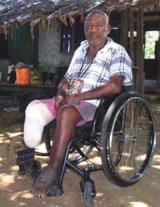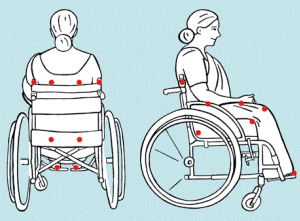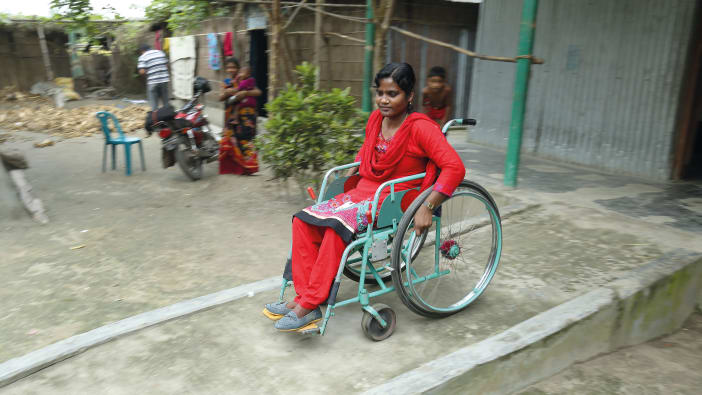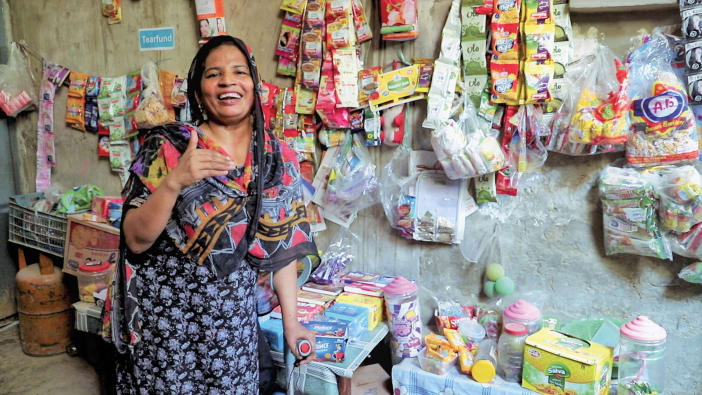Benjamin Ramo is 60 years old and lives in Gilbert Camp, Malaita, in the Solomon Islands. Nine years ago Benjamin developed diabetes. After experiencing long-term complications with septicaemia (blood poisoning), he eventually lost his right lower leg when it became infected and had to be amputated.
Benjamin received a prosthesis (false leg) and, after receiving physiotherapy, was able to get around with the support of crutches. As time passed, Benjamin found that he needed a wheelchair to move around more easily indoors and to relieve pressure ulcers caused by the prosthesis.
Benjamin’s situation is common in developing countries where even accessing a wheelchair can be a challenge. The World Report on Disability estimates that 15 per cent of the world’s population live with some form of disability, therefore appropriate wheelchair provision is very important. The World Health Organization estimates that 10 per cent of the disabled population require a wheelchair; that amounts to 105 million people worldwide.
In response to this need, the World Health Organization (WHO) published Guidelines on the provision of Manual Wheelchairs in less resourced settings (See page 5 for more on the guidelines). These guidelines give important recommendations targeted at wheelchair services and others involved in wheelchair provision to ‘promote personal mobility and enhance the quality of life of wheelchair users’.
As well as promoting better quality wheelchairs and improving the way users receive wheelchairs, the guidelines cover policy and planning at national level for creating sustainable wheelchair services.
Appropriate, good quality wheelchairs
To meet the WHO Wheelchair Guidelines, wheelchairs must address individual needs. Firstly, the wheelchair must fit the user. If a wheelchair is too big, the user will not be able to wheel independently. If it is too small, it may cause stunted growth, scoliosis (bending of the spine) and pressure ulcers. A wheelchair without the right support can particularly affect children with cerebral palsy, making it hard for them to eat, drink or sit upright.
Secondly, it must also suit the user’s environment. If the terrain is difficult, the wheelchair must be able to overcome obstacles and not tip over. To prevent life-threatening conditions like pressure ulcers, an appropriate cushion must be provided with the wheelchair.










